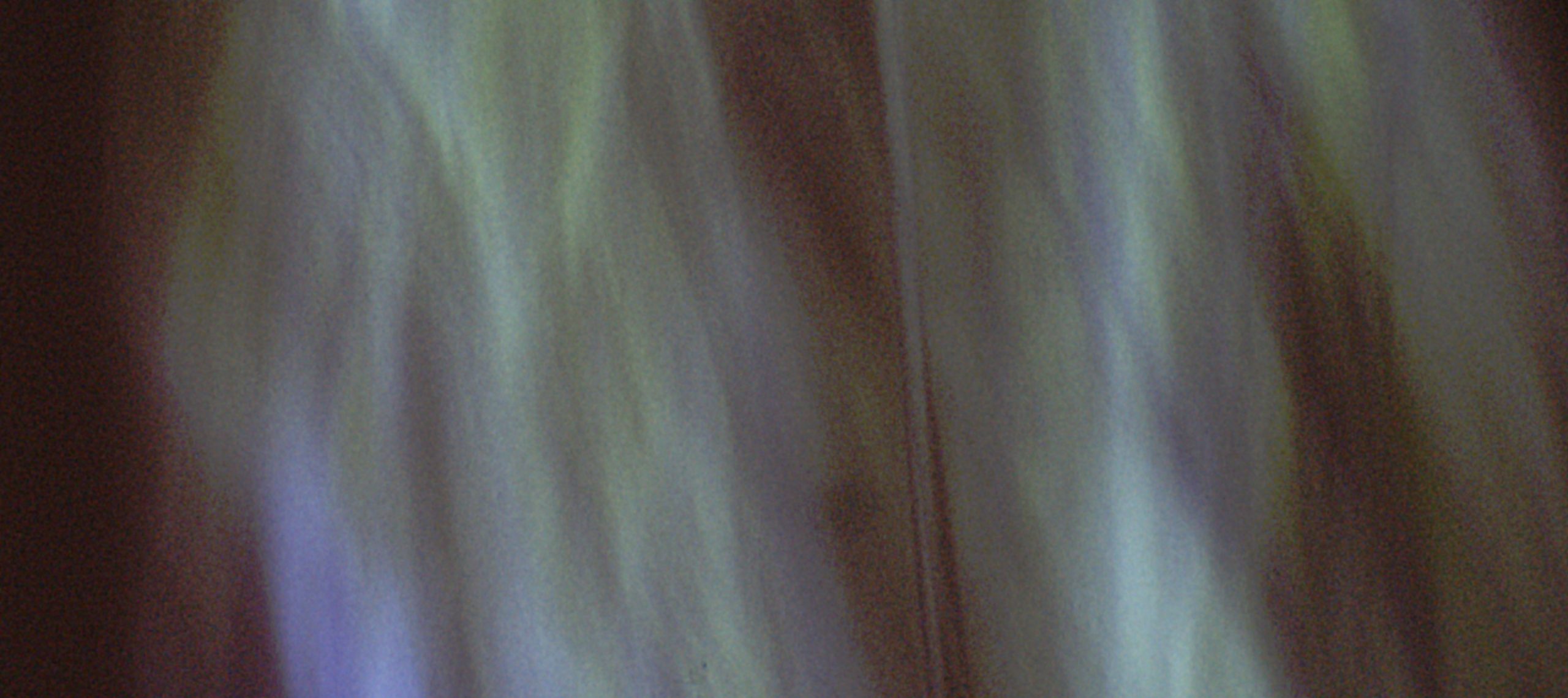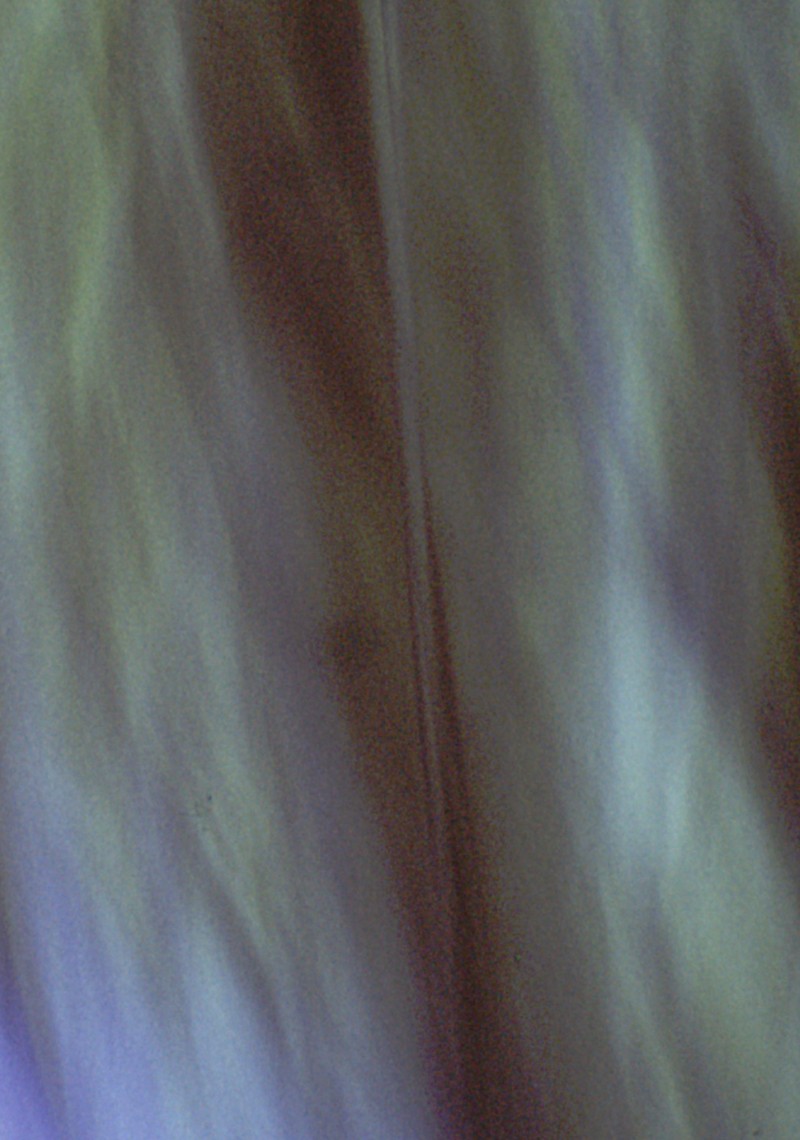4
14 mai, 19 mai
19–24.5.2025
20:30
20:30
Grădinile Palas


Oscillation in Sight este o serie de experimente cinematografice care se opun ideii de reprezentare și reconstituire a aspectului mișcării în lumea reală. Realizându-și propria cameră de 16 mm, regizoarea poate capta imagini fără restricții precum dimensiunea cadrului, poarta, viteza și obturatoarele. În Oscillation in Sight #1, vom privi o mică bucată de plastic transparent pe un motor rotitor, care pare să intre și să iasă din existență, oscilând între familiar și viziuni distorsionate.
6 min 30 sec, 2024
16mm transferat în format digital